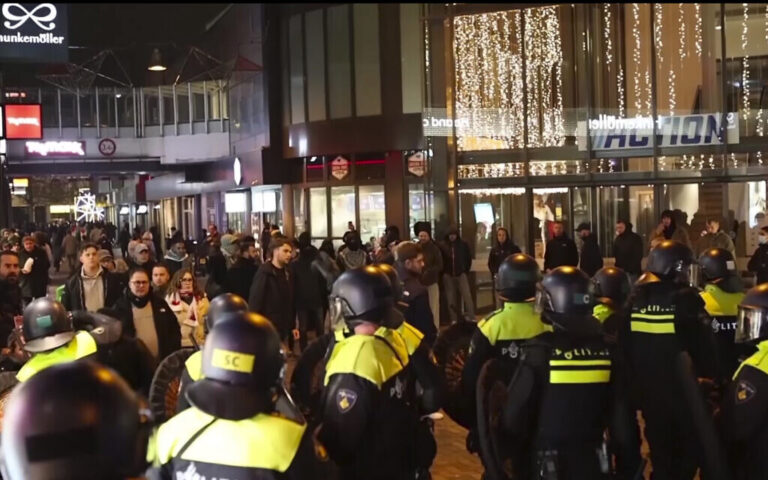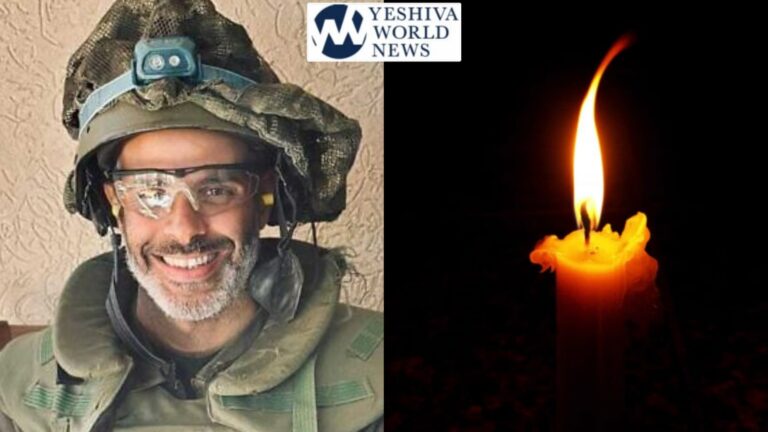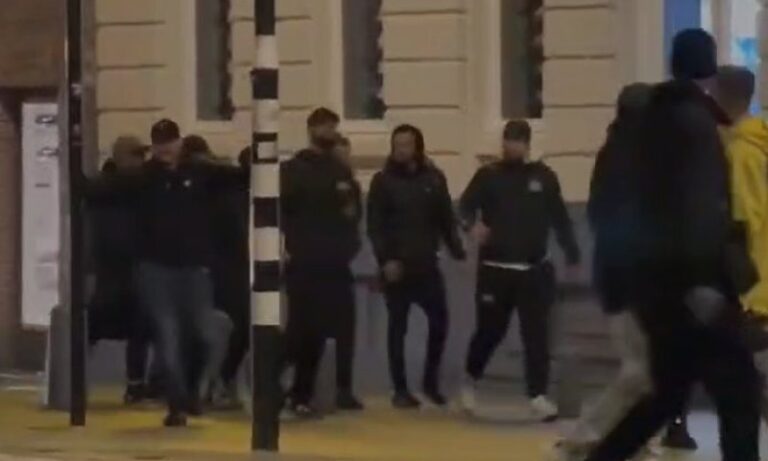An Amtrak train headed to New York City derailed and tipped over in Philadelphia on Tuesday night, mangling the front of it, tearing the cars apart and killing at least five people. Dozens of passengers were injured, and some climbed out of windows to get away. Mayor Michael Nutter, who confirmed the deaths, said the scene was horrific. “It is an absolute disastrous mess,” he said. “I’ve never seen anything like this in my life.” He said seven train cars, including the engine, were in “various stages of disarray.” He said there were cars that were “completely overturned, on their side, ripped apart.” “It is a devastating scene down there,” he said. “We walked the entire length of the train area, and the engine completely separated from the rest of the train, and one of the cars is perpendicular to the rest of the cars. It’s unbelievable.” Firefighters said dozens of people were hospitalized and six were critically injured. The cause of the derailment was unknown, but Amtrak said it was investigating and was trucking in portable lights to illuminate the scene overnight as workers examined the wreckage. Train 188, a Northeast Regional, had left Washington, D.C. The front of the train was going into a turn when it started to shake before coming to a sudden stop. An Associated Press manager, Paul Cheung, was on the train and said he was watching Netflix when “the train started to decelerate, like someone had slammed the brake.” “Then suddenly you could see everything starting to shake,” he said. “You could see people’s stuff flying over me.” Cheung said another passenger urged him to escape from the back of his car, which he did. He said he saw passengers trying to escape through the windows of cars tipped on their side. “The front of the train is really mangled,” he said. “It’s a complete wreck. The whole thing is like a pile of metal.” Another passenger, Daniel Wetrin, was among more than a dozen people taken to a nearby elementary school afterward. “I think the fact that I walked off (the train) kind of made it even more surreal because a lot of people didn’t walk off,” he said. “I walked off as if, like, I was in a movie. There were people standing around, people with bloody faces. There were people, chairs, tables mangled about in the compartment … power cables all buckled down as you stepped off the train.” The area where the derailment occurred is known as Frankford Junction and has a big curve. It’s not far from where one of the nation’s deadliest train accidents occurred: the 1943 derailment of The Congressional Limited, from Washington to New York, which killed 79 people. Police swarming around Tuesday’s derailment site, in Port Richmond, a working-class area, told people to get back, away from the train. They pleaded with curious onlookers: “Do NOT go to scene of derailment. Please allow 1st responders room to work.” Roads all around the crash site were blocked off. Waves of firefighters continuing toward the train cars, taking people out. Several injured people, including one man complaining of neck pain, were rolled away on stretchers. Others wobbled while walking away or were put on city buses. An elderly woman was given oxygen. Former U.S. Rep. Patrick





